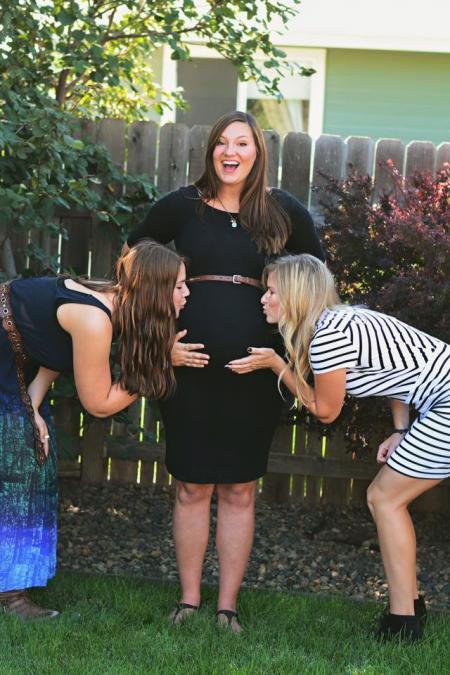
In every household, ensuring children's safety from fire hazards is paramount. By understanding the common risks and taking proactive measures, parents and caregivers can significantly reduce the likelihood of fire-related accidents.
Identifying Common Household Fire Hazards
One of the most prevalent dangers in homes is cooking fires. Unattended cooking is a leading cause of home fires, especially with curious children around. Parents should supervise children in the kitchen, establish clear rules about stove and oven safety, and ensure that flammable items like dish towels and curtains are kept well away from heat sources.
Electrical fires are another common hazard. Faulty wiring, overloaded circuits, and misuse of electrical appliances can all lead to devastating fires. Regular inspection of electrical appliances, checking cords for wear or damage, and using childproof outlet covers are essential preventive measures to mitigate these risks.
Heating equipment, including heaters, fireplaces, and wood stoves, can also pose significant dangers if not properly maintained. Establishing a safe zone around these devices where children are not allowed to play, ensuring proper ventilation, and using screens or guards to prevent contact with hot surfaces are crucial steps in preventing accidents.
Flammable materials such as matches, lighters, and candles should be stored out of reach and sight of children. Educating kids about the dangers of playing with fire and emphasizing the importance of fire safety rules can help reduce the risk of fire-related incidents.
Educating Children on Fire Safety
Teaching children about fire safety empowers them to respond effectively in emergencies. Stop, Drop, and Roll techniques, knowing emergency numbers, practicing fire drills, and understanding the importance of smoke alarms are key lessons that can potentially save lives. Parents should also teach children about the dangers of hiding during a fire and emphasize the importance of immediately leaving the house and seeking help from a trusted adult or emergency services.
Fire Prevention Equipment
Installing smoke alarms, fire extinguishers, and carbon monoxide detectors is essential in every home. Smoke alarms should be installed on every level of the home and inside each bedroom, and they should be tested monthly to ensure they are in working condition. Fire extinguishers should be placed in easily accessible locations, such as the kitchen and garage, and adults and older children should be trained on how to use them properly. Carbon monoxide detectors should be installed near sleeping areas and checked regularly to detect any buildup of this odorless, colorless gas.
Preparing for Wildfires
In wildfire-prone areas, additional precautions are necessary to protect children from harm. Creating a defensible space around the home by clearing leaves, debris, and flammable vegetation can reduce the risk of fire spreading to the property. Parents should also prepare emergency kits with essentials such as water, non-perishable food, medications, and important documents, as well as items specifically for children, such as diapers, formula, comfort items, and toys. Staying informed about local wildfire alerts and evacuation procedures is crucial, and families should have a designated meeting point in case they are separated during an emergency.
Protecting children from fire hazards requires a multifaceted approach that includes awareness, education, and preparedness. By identifying and addressing common household fire risks, educating children on fire safety, installing preventive equipment, and preparing for potential wildfires, caregivers can create a safer environment for their families. Remember, a proactive approach to fire safety is the best defense against potential disasters.



























